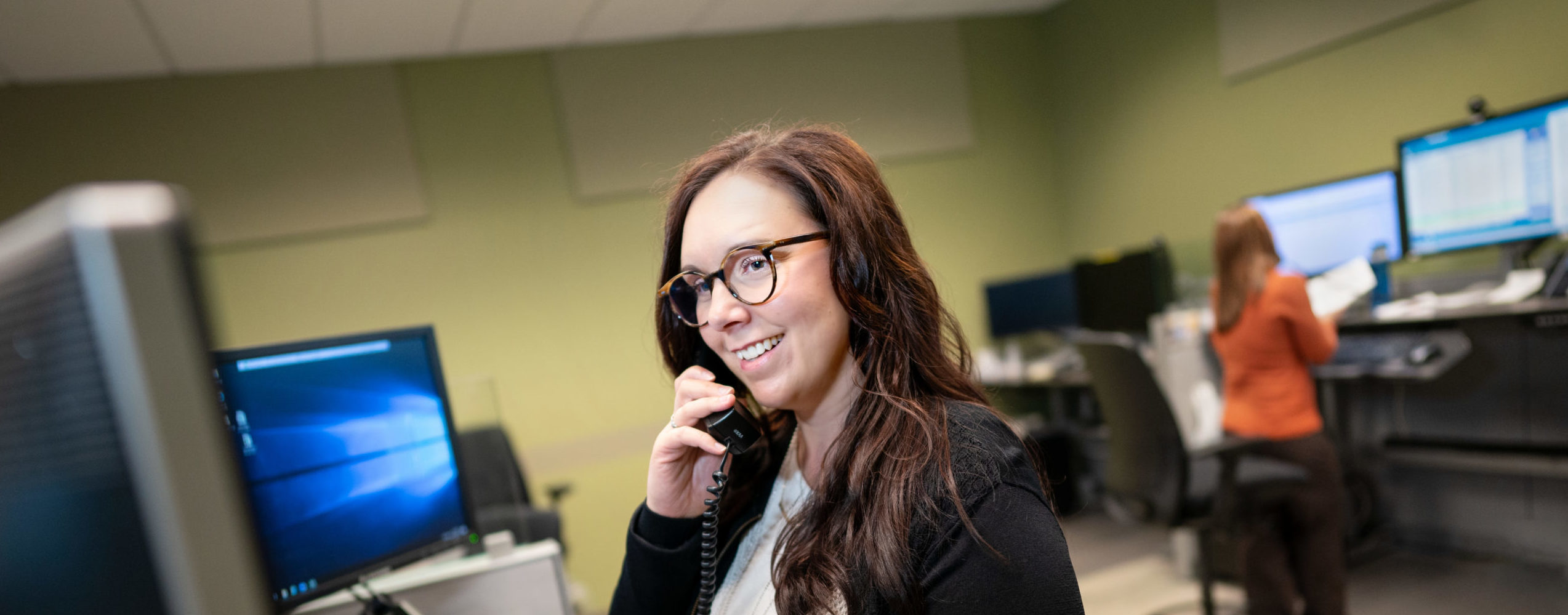
Fallon Medical Complex’s eEmergency services ensured life-saving care in three separate pediatric trauma cases
Baker, Montana, home to Fallon Medical Complex (FMC), sits in the southeastern corner of Montana, officially designated a “frontier” region by the Montana Department of Public Health and Human services: its density is less than two residents per square mile. FMC is a sole community healthcare provider to 7,200 people across seven counties in both Montana and North Dakota. While accidents and trauma are part of rural frontier life, FMC does not have a physician on site 24 hours a day. This is one of many reasons why FMC greatly benefits from Avera eEmergency telemedicine services. eEmergency allows medical professionals who practice in an urban setting and see pediatric trauma patients much more frequently to provide support to rural providers who may only treat one pediatric trauma a year. The local provider and nurses can stay hands-on with the patient while the eEmergency staff help over the camera and keep the family informed.
It’s already clear that the impact of eEmergency is vital and life-saving. By connecting FMC to a hub staffed with board-certified emergency physicians and experienced critical care nurses with the push of a button, last summer three separate pediatric trauma cases received immediate and high-quality care that made all the difference.
Though rare, pediatric trauma cases are a source of high anxiety for both hospital teams and patients’ families, according to Sue Lunde, FMC Director of Nursing. So, when three unrelated “Level 1” pediatric trauma cases presented last summer, within a year of their completed installation of the eEmergency system, the staff had the chance to put the system to the test.
The first case involved a 10-year-old boy who had a dirt bike accident when the throttle suddenly stuck and he crashed into the foundation of a house. Despite wearing a helmet, the impact knocked him out and an ambulance took him to FMC, where ER staff immediately engaged the eEmergency ER physician and nurses. Their advice ensured that life-saving care was delivered quickly and efficiently through the hands-on FMC staff. The eEmergency staff also contacted a flight team and arranged for a transfer to Denver Children’s Hospital, 500 miles away. The child had a diffuse axonal injury (DAI), a brain injury caused when one side of the brain slams into the other. While this is one of the most common types of brain injuries, it is also the most devastating and could easily have left him in a vegetative state. Thankfully, he was able to make a full recovery. A few months after the incident, he was able to walk into FMC to thank the caregivers who worked with eEmergency staff to save his life.
Just one week later, the boy’s 10-year-old cousin arrived at FMC’s ER with a significant abdominal injury. She had been leading a horse when it shied and reared up, lost its balance and fell on her. The saddle horn, attached to the back of the 1,200-pound horse, slammed into her stomach. The family entered the FMC ER and asked if the “ER people on the camera” could help their child, like they did for her cousin. The FMC staff had already engaged the eEmergency team, who had begun assisting and expediting a flight to the nearest trauma center. After fighting for her life for several weeks, the girl made a full recovery. Her family returned to thank the FMC staff for the high level of professionalism, communication, efficiency, and quality of care that was provided in the ER. They also appreciated the help, guidance, and reassurance of the eEmergency team “on the other end of the camera.” They equated the care at FMC to that of a high-level trauma center.
The third case involved a five-year-old girl in a motor vehicle accident. She was riding in the car that her 17-year-old sister was driving when the drive shaft broke and the vehicle rolled. Although both girls were wearing seat belts and the driver was not injured, the little girl fractured her pelvis. The driver had also fastened the car seat of the 10-month-old baby boy she was babysitting in the back seat, who was completely unharmed. The baby was son of nurse practitioner Carrie Haar, who works in the FMC clinic and ER. Although not on duty, Haar went to the ER to comfort the family of the injured girl. As a rural provider with training and experience in emergency care, Haar is passionate about emergency telemedicine. “It gives us full access to a trauma center, we are basically connected electronically to ER doctors and trauma surgeons,” she said. As a mom, she reassured the family that their daughter had a great local doctor on site and Avera eEmergency help. “I told her we have great services to help us get second opinions and advice from other doctors and trauma surgeons, so we are all on the same page,” added Haar. eEmergency helped arrange transfer for the little girl to Denver for surgery, where her road to recovery began. Recently the girl and her family returned to the ER and told the staff how their fears were lessened through understanding how eEmergency brings support and expertise to the FMC’s ER staff.
“Saving these children might not have been possible without the eCare grant from The Leona M. and Harry B. Helmsley Charitable Trust,” said Lunde. “We are truly grateful for the grant that allowed us access to this system.”